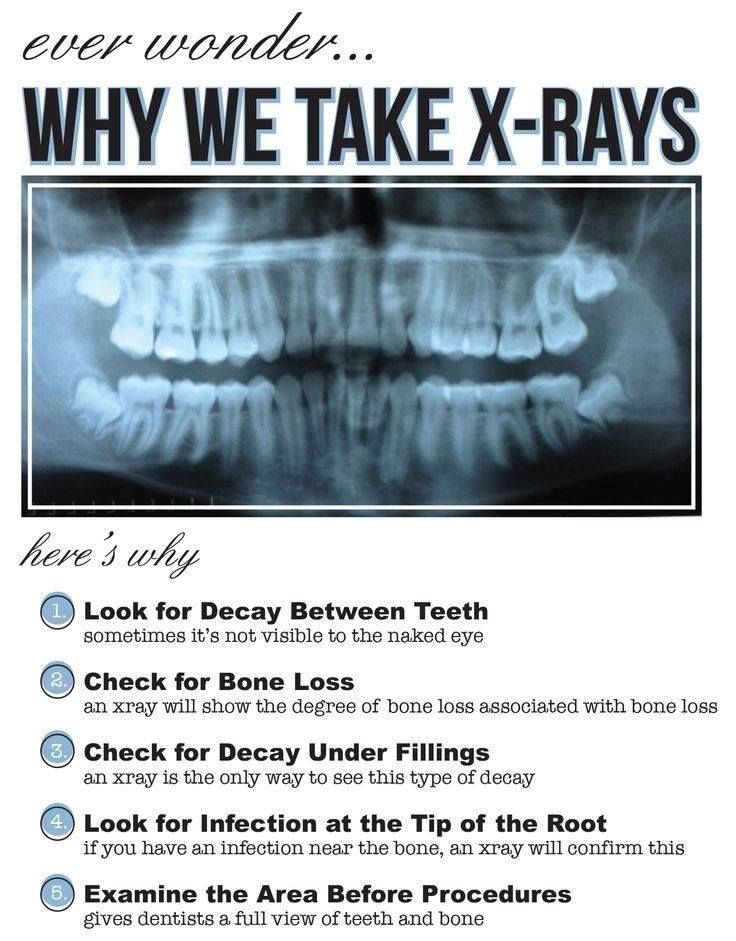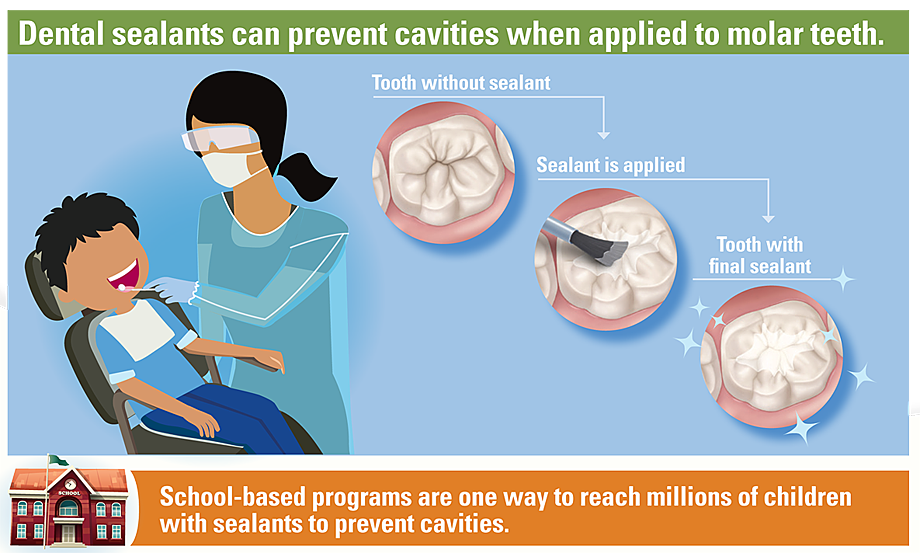Professional Cleanings
Many people dread teeth cleanings. Between the prodding, strange noises, and occasional jaw discomfort, it’s easy to understand their apprehension. But for most, a teeth cleaning is simple and painless.
Knowing exactly what is going on during the process can help ease your stress and allow you to better enjoy the minty-fresh results. Here’s what you can expect:
1. A physical exam
Most teeth cleanings are performed by a dental hygienist. Before the actual cleaning process begins, they start with a physical exam of your entire mouth.
The dental hygienist uses a small mirror to check around your teeth and gums for any signs of gingivitis (inflamed gums) or other potential concerns.
If they detect major problems, the dental hygienist might call the dentist to make sure it’s fine to proceed.
2. Removing plaque and tartar
With the small mirror to guide them, the dental hygienist uses a scaler to get rid of plaque and tartar around your gum line, as well as in between your teeth. You’ll hear scraping, but this is normal. The more tartar there is in your mouth, the more time they’ll need to scrape a particular spot.
Brushing and flossing stops plaque from building up and hardening into tartar. Once you have tartar, you can only have it removed at your dentist’s office. So if this is your least favorite part of the teeth cleaning process, the lesson is to brush and floss more often.
3. Gritty toothpaste cleaning
After your teeth are scaled, the hygienist brushes them with a high-powered electric brush.which makes a grinding noise. While it sounds scary, it’s a great way to get a deep clean and remove any tartar left behind from the scaler.
Professional cleanings use pumice, also known as paste, that smells and tastes like regular toothpaste, though you can often choose between flavors. However, it has a gritty consistency that gently scrubs your teeth. If done by a professional, this polishing of the teeth is deemed safe to do twice a year. But don’t be as harsh with your teeth at home, because you’ll wear down the enamel.
4. Expert flossing
Whether you floss regularly at home or not, nothing beats a hygienist flossing session. Your dental hygienist can get deep between your teeth and locate any potential trouble spots where you might bleed at the gums.
This might seem pointless if you floss at home, but having a professional floss your teeth also removes any leftover plaque or pumice from earlier in the cleaning process.
5. Rinsing
Next, you rinse out your mouth to get rid of any debris.
6. Applying fluoride treatment
The last step of the cleaning process is a fluoride treatment. This treatment is used as a protectant for your teeth to help fight against cavities for several months.
Your dental hygienist may ask you what flavor you like best. They’ll then place the foamy gel (or sometimes a sticky paste) into a mouthpiece that fits over your teeth. It’s usually left on your teeth for one minute. Besides the foamy gel, fluoride varnish is also painted onto the teeth with a small brush. After receiving your fluoride varnish, we recommend waiting roughly 3 hours before consuming any hot or crunchy foods.
Other potential steps
Professional teeth cleanings are scheduled twice a year, while X-rays are normally done once a year. Still, depending on what your dentist or dental hygienist observes in your mouth, they might do other exams during your visit. For children, a dentist may recommend molar sealants to help prevent cavities in hard-to-brush areas.
Whether you need any additional steps or not, the key is to keep going back to the dentist for regular teeth cleanings to prevent problems altogether. By understanding what’s going on in advance, you’ll feel more at ease — and maybe even look forward to these appointments.
**This information was provided by healthline. View the entire article here.**
Periodontal Care & Management
It’s possible to have periodontal disease and not have warning signs. That’s why regular dental checkups and periodontal examinations are important.
The Warning Signs
- Gums that bleed easily
- Red, swollen or tender gums
- Gums that have pulled away from the teeth
- Pus between the teeth and gums when the gums are pressed
- Persistent bad breath and bad taste
- Permanent teeth that are loose and/or separating
- Any change in the way your teeth fit together when you bite
- Any changes in the fit of partial dentures
Good oral hygiene at home is essential to help keep periodontal disease from becoming more serious or recurring. Following a period of active therapy, we’ll want to see you in our office for regular intervals. In some cases, though, you may be referred to a periodontists for alternate dental checkups and cleanings.
You don’t have to lose teeth to periodontal disease. Brush, clean between teeth, eat a balanced diet and schedule regular dental visits for a lifetime of healthy smiles!
X-Rays
There are two main types of dental x-rays: intraoral (meaning the x-ray film is inside the mouth) and extraoral (meaning the x-ray film is outside the mouth). Before any procedure or appointment, it’s important for you to understand the differences. Knowing what to expect before going in will make for a smooth and more comfortable experience for you and our team.
Intraoral X-Rays are the most common type of dental X-ray taken. These X-rays provide a lot of detail and allow your dentist to find cavities, check the health of the tooth root and bone surrounding the tooth, check the status of developing teeth, and monitor the general health of your teeth and jawbone. Here are the common types of intraoral x-rays we use:
- Bite-wing X-Rays show details of the upper and lower teeth in one area of the mouth. Each bite-wing shows a tooth from its crown to about the level of the supporting bone. Bite-wing X-rays are used to detect decay between teeth and changes in bone density caused by gum disease. They are also useful in determining the proper fit of a crown (or cast restoration) and the marginal integrity of fillings.
- Periapical X-Rays show the whole tooth — from the crown to beyond the end of the root to where the tooth is anchored in the jaw. Each periapical X-ray shows this full tooth dimension and includes all the teeth in one portion of either the upper or lower jaw. Periapical X-rays are used to detect any abnormalities of the root structure and surrounding bone structure.
- Occlusal X-Rays are larger and show full tooth development and placement. Each X-ray reveals the entire arch of teeth in either the upper or lower jaw.
Extraoral X-Rays show teeth, but their main focus is the jaw and skull. These X-rays do not provide the detail found with intraoral X-rays and therefore are not used for detecting cavities or for identifying problems with individual teeth. Instead, extraoral X-rays are used to look for impacted teeth, monitor growth and development of the jaws in relation to the teeth, and to identify potential problems between teeth and jaws and the temporomandibular joint (TMJ, see temporomandibular disorders for more information) or other bones of the face. The most common extraoral x-ray we perform is:
- Panoramic X-Rays show the entire mouth area — all the teeth in both the upper and lower jaws — on a single X-ray. This type of X-ray is useful for detecting the position of fully emerged as well as emerging teeth, can identify impacted teeth, and aid in the diagnosis of tumors.

**This information was provided by WebMD. View the entire article here.**
Sealants
Sealants are most often places in children and teenagers, since tooth decay can start soon after teeth come in. But adults can sometimes benefit from them too. Tooth decay often begins on the chewing surfaces of the back teeth. These surfaces have pits and grooves that trap plaque, bacteria, and bits of food. The pits and grooves are hard to keep clean because your toothbrush bristles cannot reach into them.

**The image above is provided by the CDC. To view their information on dental sealants, click here.**
Prevention is always better than treatment. Sealants are very useful in preventing tooth decay on the back teeth and can save patients money over time. Call our office or request an appointment today so our team of experts can make sealants part of your plan to reach a healthier mouth.






